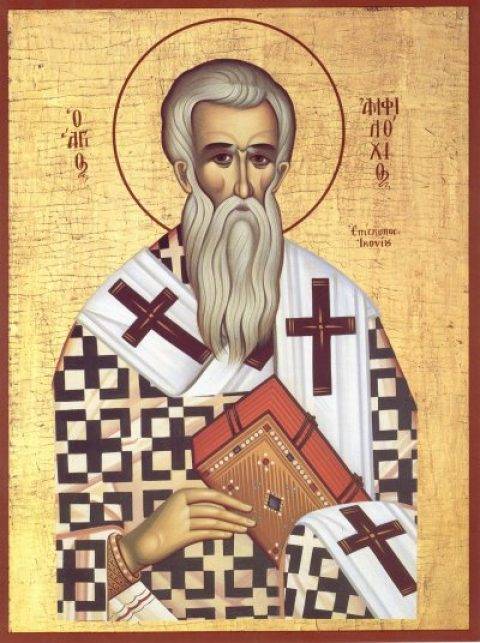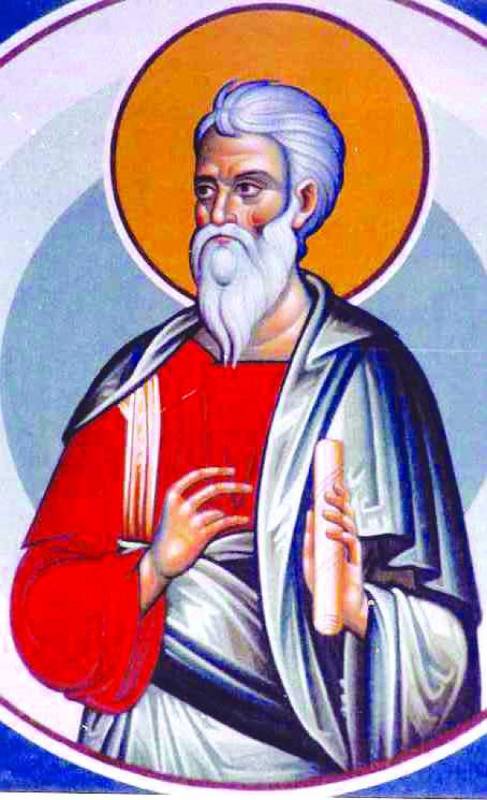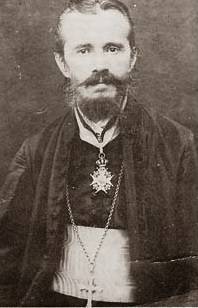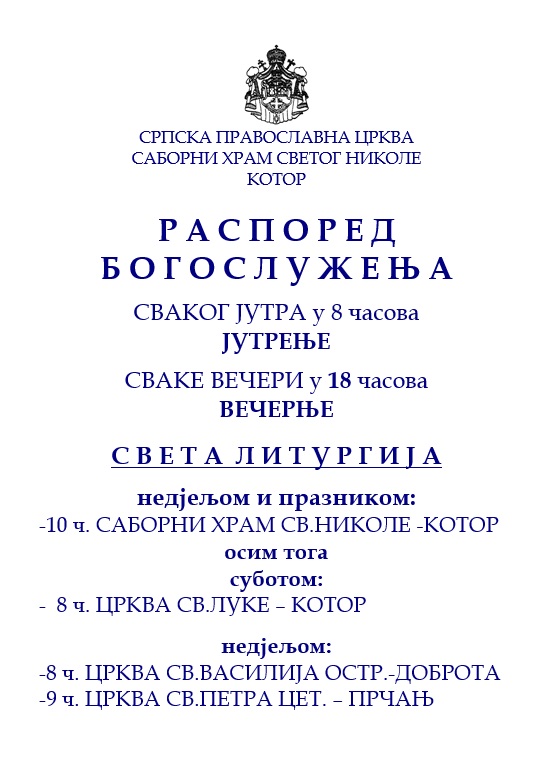
From the archives of "Orthodoxy": Portraits and records from the monastery of Banja near Risan
There are few Serbian monasteries on the Adriatic today. The destructive attacks of foreigners have left many in ruins. Some are known only by name or are mentioned in records. Our people here by the coast fought to maintain their independence and dignity on their own soil. That is why they built churches and monasteries. They would not have had roots in anything else. These were not large or rich endowments, but modest places of worship that, in their poverty, preserved and multiplied spiritual treasures.
Of these, only a few should be mentioned, including the monastery of Banja near Risan, the temple of the Holy Martyr George, about which little has been written. We do not yet have a monograph of this small and famous monastery. The others in this region, except for Savina, have not been studied enough either.
In the western wing of the Bay of Kotor, where bare hills meet, like sentinels over the blue and, from their shadows, almost darkened surface of the sea, at the foot of the fierce karst, above the pebbled sand, a small church and small inns shine white.
There are more legends than reliable data about the origin of this monastery. Tradition links it to the era of Nemanjić rule, like other monasteries on the Serbian coast. This monastery is easy to get to. A modern asphalt road passes under the very courtyard. Risan is nearby, with its antiquities and a modern hospital. Although there is lively traffic roaring down along the coast, Banja is always quiet. Only through the branches of olive and fig trees does the wind rush and bend the spindle-shaped tops of cypresses. And in winter, thunderous steam thunders across the bosom of the raw and bare hill.
The monastery church looks as if it was built yesterday. It is all bathed in purity and whiteness. The images of saints seem to flicker from the iconostasis. The vibrant colors seem to sing the glorious ones with their warmth. Everything is small, modest, but so beautiful and bright. Here, in a small ark, the finger of Saint George is kept, encased in silver. And around the temple are the tombs of monks, and in more recent times, of laypeople. The dormitories were probably built at the same time as the church and have been renovated several times. The upper dormitory, which houses the guest rooms and dining room, is especially beautiful. It was renovated with contributions from the richest Bokelj resident in America, the late Vaso Đuković, a great endowment funder, with whose funds the aforementioned hospital for bone diseases in Risan was built.
There is a lot of history in this small monastery. And not only that which has long passed, but also that of which we are witnesses and contemporaries. Wherever he looks, it seems to the visitor as if the past is opening up before him. Some of the treasures of the Dimitrijević-Rafailović school of icon painting from Boka Bay have been preserved in Banja. In addition to the famous Deisis, there are several icons of the Savior, the Most Holy Theotokos, martyrs and holy fathers. A small archive housed in a large chest hides precious material about the political and cultural life of Boka Bay over the past two hundred years. Some liturgical metal and textile objects are carefully exhibited in display cases. All of this is a product of local craftsmanship and today is a reminder of the care and effort of our ancestors. The library is small. During the First World War, soldiers destroyed most of the books.
This monastery has had a small brotherhood since ancient times. The monks maintained neighboring parishes and cultivated that small piece of lean land under the olive groves. Nowhere is the lack of material goods and conditions for survival so noticeable as in Banja near Risan. The furniture is mostly donated. There is no income from anywhere. And when you arrive, you will immediately feel that those who, by their vow, have nothing, own everything. That is what makes this small monastery so charming. It is as if it is carved among the cliffs, with nowhere to harvest or plant. The monks of Banja were always content with the smallest things. They needed this prayerful solitude, this modesty that gladdens the heart. It is as if their faces appear before us. There are almost no pictures of them on the walls. But their portraits have been preserved in their works. Even today, the famous abbot Hrisantije Nikolajević, a protector of the poor and an advisor to the youth, is remembered; he collected lepte to educate and house.
And a lot is known about the restorer of the monastery and the abbot, Archimandrite Dionysius Miković. In our time, his patriotic and scientific work is studied and evaluated. This elder had talents that he multiplied for the benefit of the people. His study, preserved correspondence and legacy in manuscripts provide material for writing a lot about the monastery.
Archimandrite Dionysius had several students, some of whom are still living monks. One of them was abbot Inokentije Šparović, who left the goldsmith's trade and came to Elder Dionysius. All the beauty of the soul, that gentle look and the desire to help others, seemed to be woven into his monastic name. He reached biblical old age in vigilance and care for people. The Banj hieromonk Josif Katurić studied icon painting in Kiev. He worked on icons throughout Boka Bay and Montenegro.
Today's spiritual father, abbot Gerasim Čečur, is the last of Dionysius's disciples. He spent over thirty years in the Ostrog monastery, next to the ark of St. Basil. Father Gerasim speaks little, withdraws more into himself, into reflection and reading the Bible and ascetic writings. His tall, bony appearance, his gaze as if from an icon, looking somewhere far away, and his silence impress everyone.
And Mother Savatija, the abbess and the only nun in this family, came here from Kuveždin. She came with her sisters with whom she worked and educated poor and sick children in Zagreb and Sarajevo. The shocks of the war threatened their survival. They all dispersed. She was left as a lonely nun to guard this small monastery in misery and uncertainty. She persevered in her asceticism. She suffered, aware of her vow – that it was the best way to get closer to the Savior. She is still alone today. There are no sisters. It is difficult to live in the Banja monastery. There is a scarcity of amenities. Nothing but daily bread. But there is abundance in prayer, in contemplation and inner growth. That is the beauty of life and peace of soul. How it is immediately experienced here in this small monastery. That is why Banja is so attractive to the heart and its ascetics are so respected by the people.
The author is Vaso Ivošević, and the text was published in the newspaper Pravoslje on June 29, 1971, issues 104-107.
Prepared by Olivera Balaban
PHOTOS
RELATED ARTICLES

Calendar for December 6 Saint Amphilochius of Iconium
Born in Caesarea Cappadocia, a countryman and friend of Saint Basil the Great....

Calendar for December 5 Holy Apostles Philemon, Apphia and Archippus
Saint Philemon was a native of Colossae. A disciple of the Apostle Paul. The...

THE INTRODUCTION OF THE MOTHER OF GOD LITURGICALLY CELEBRATED IN THE CHURCH OF ST....
The Feast of the Introduction of the Mother of God was liturgically celebrated...





.png)